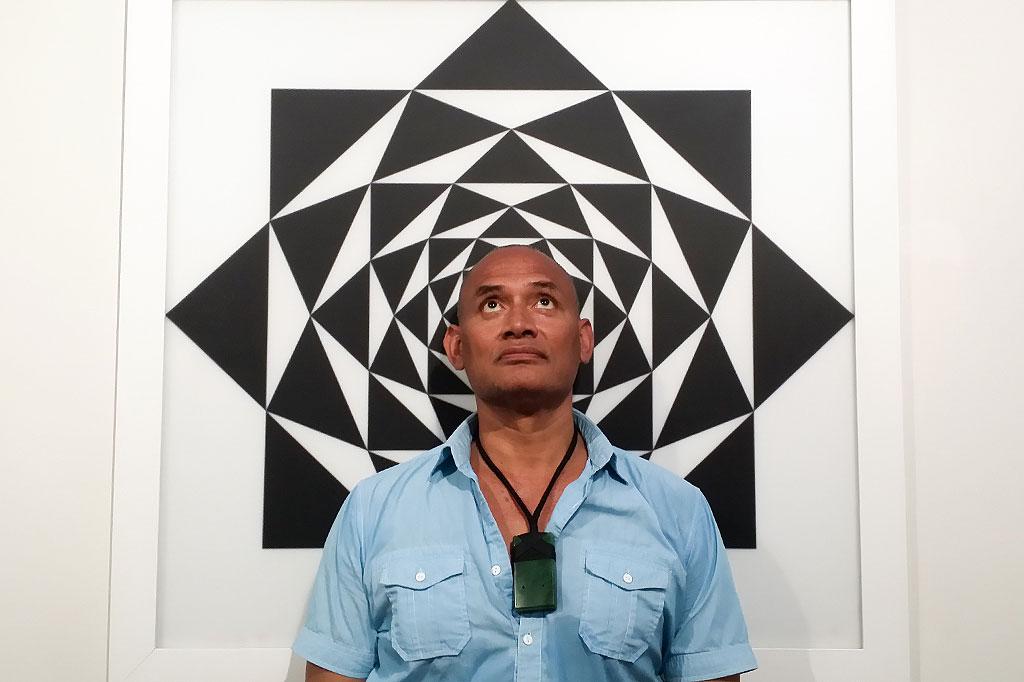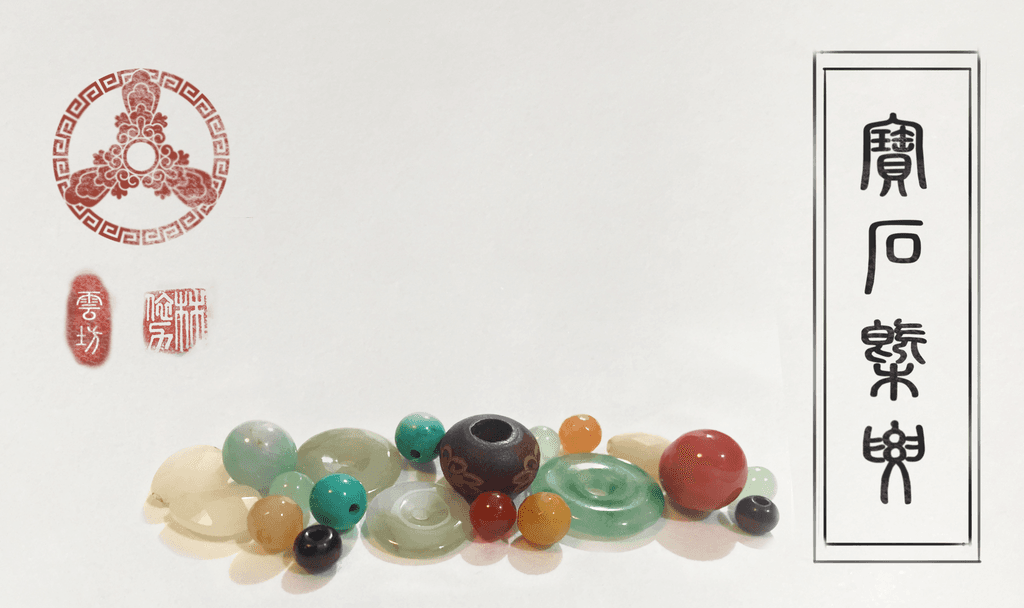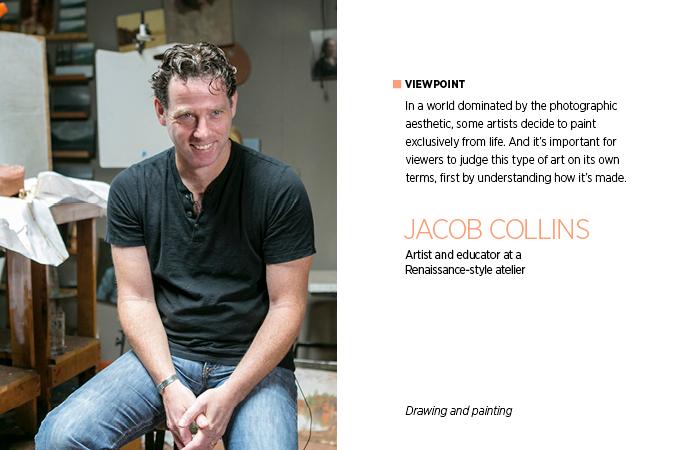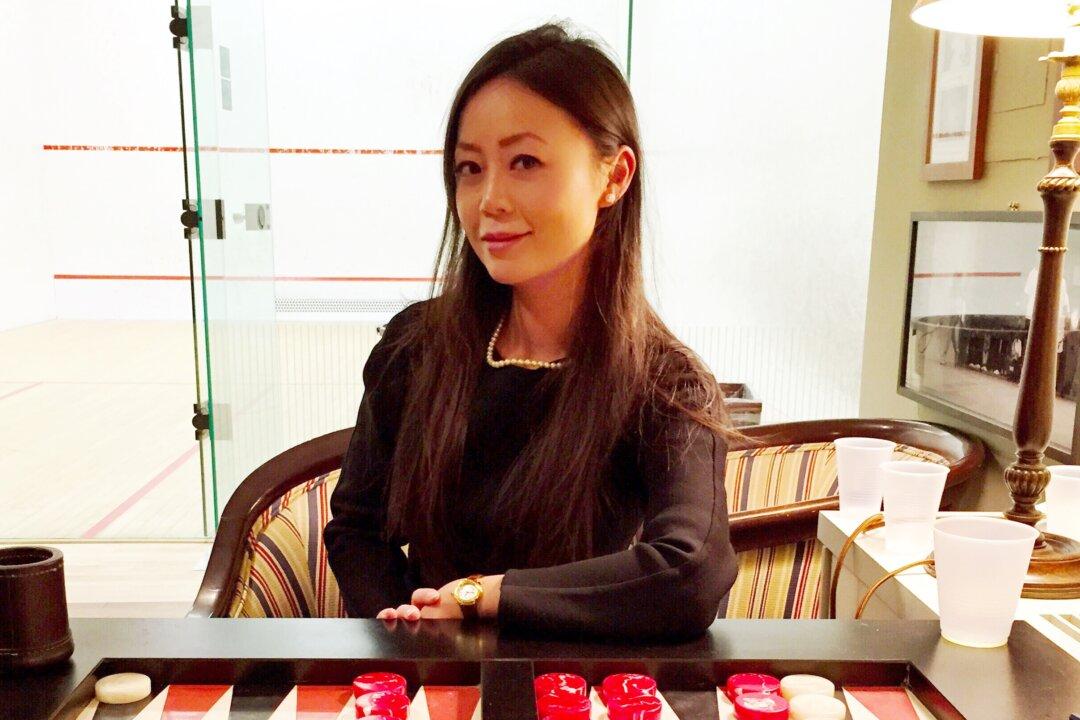NEW YORK—It’s late summer on West 55th Street, and a spot of sun is fading fast over the tops of the skyscrapers. Uili Lousi, visiting from New Zealand, unfolds a newspaper and sets it on the pavement. He gets down, folds his legs into half lotus, and drops into a state of calm.
“New York is the best place to test your spiritual life,” Lousi said. “Forget about retreats. Here, you‘ll really see whether you’ll make it or break it. We all have the capacity within ourselves to be the highest beings. Somehow along the way we forget and limit our way of seeing things.”
Though Lousi has made himself at home here, getting up the gumption to come to New York was a process. Having made the switch from philosophy and an established career in the health and fitness fields to full-time art at the age of 38, Lousi had long nursed the idea of going to New York to launch his new career, but was emotionally blocked from taking action.
It was in an intense meditation session in September 2013 that he saw his own fear—fear of financial uncertainty, of breaking into a new industry, of failure.
“There were 25 of us, and we were going to do this meditation for one week. We had signed [an agreement] that we can’t walk out. I saw the whole landscape of New York, the places I‘d visit, the people I’d meet. It was like déjà vu, only there was no sound—it was like a moving picture, a silent film.”
Sitting there with this scene swirling in his mind’s eye, tears fell in torrents. Mulling it over afterward, Lousi battled with his doubts. One day while driving his 7-year-old son Aliki (whose name means “Divine Chief”) to school, he brought up the idea.
“What would you say if Daddy went to New York for several months?”
As Lousi recalled, Aliki thought for a while and replied, “I will miss you. But the world needs to see your art.”
With Divine Chief’s blessing, Lousi set out, several oversized artworks in tow, no plan in mind except for the end goal of having an exhibition in America’s art capital.
The Order of the Universe
Lousi remembers growing up on the island of Tonga and being overcome by a divine feeling as he gazed up at the lashings on the roof of the church house. Ropes wound round and round long, crisscrossing rafters, binding them together in precise geometric harmony.
In the South Pacific, weaving, rope making, and lashing are the major visual art forms. Together with dance and music, they best embody the spirit of the people.
“With no written history, the art has been the main way to restore and preserve the culture,” Lousi said.
As art, culture, and critical anthropology professor Okusitino Mahina wrote in an essay on Lousi’s art:
“All these fine and material arts are concerned with the intersection, that is, connection and separation, of lines/times and spaces, the symmetrical mediation of which involves a transformation from a condition of chaos to a state of order through sustained harmony to create beauty.”








